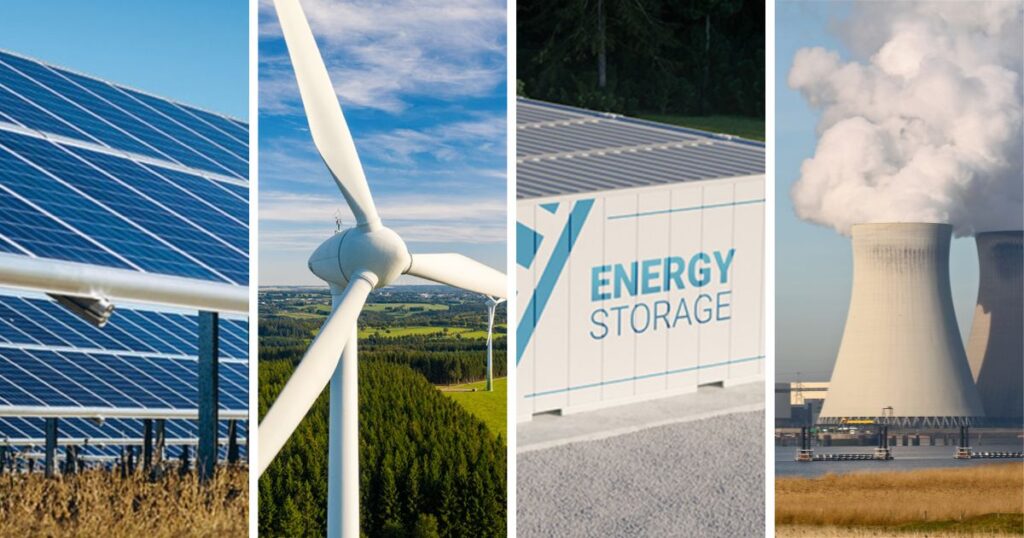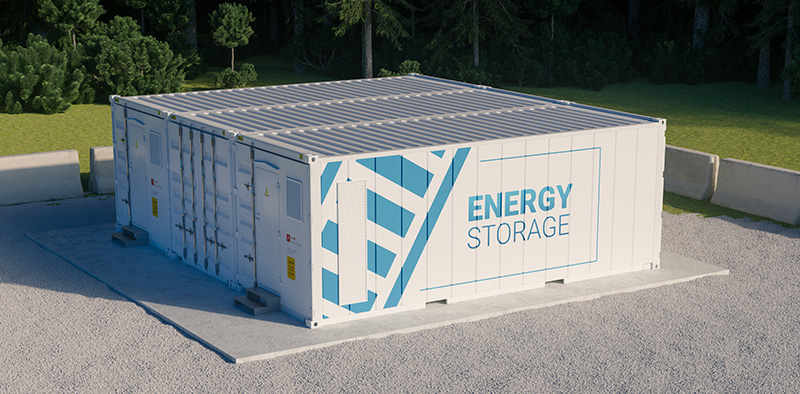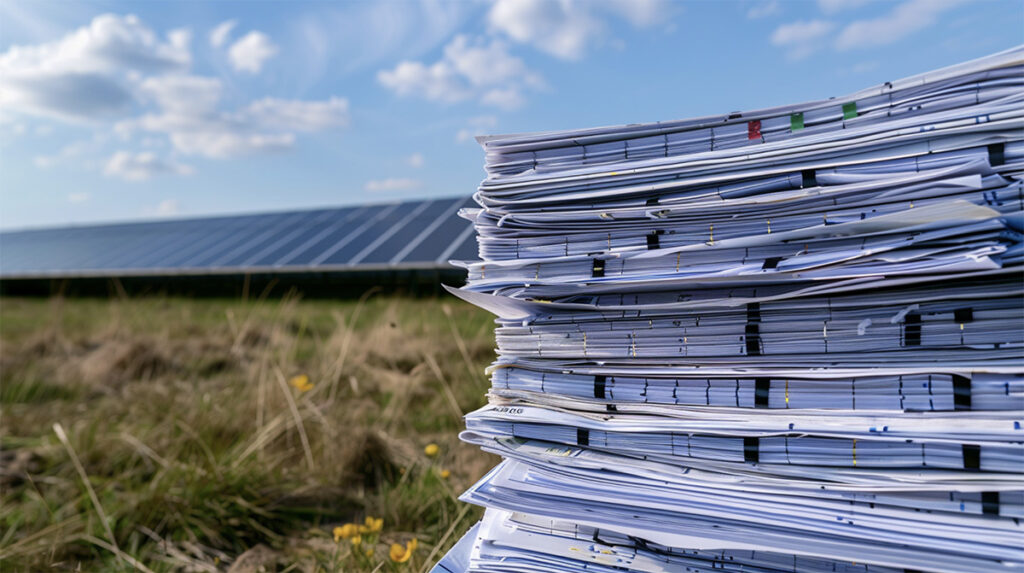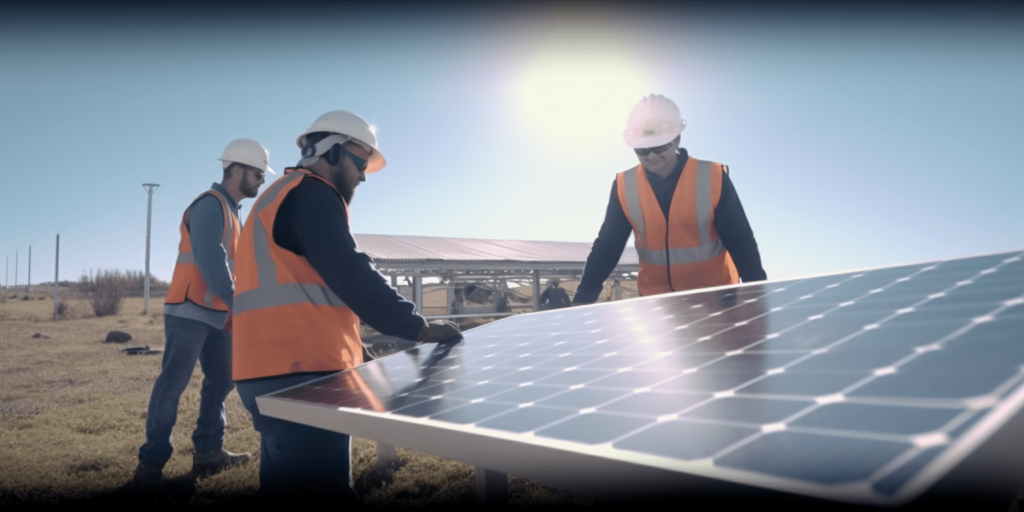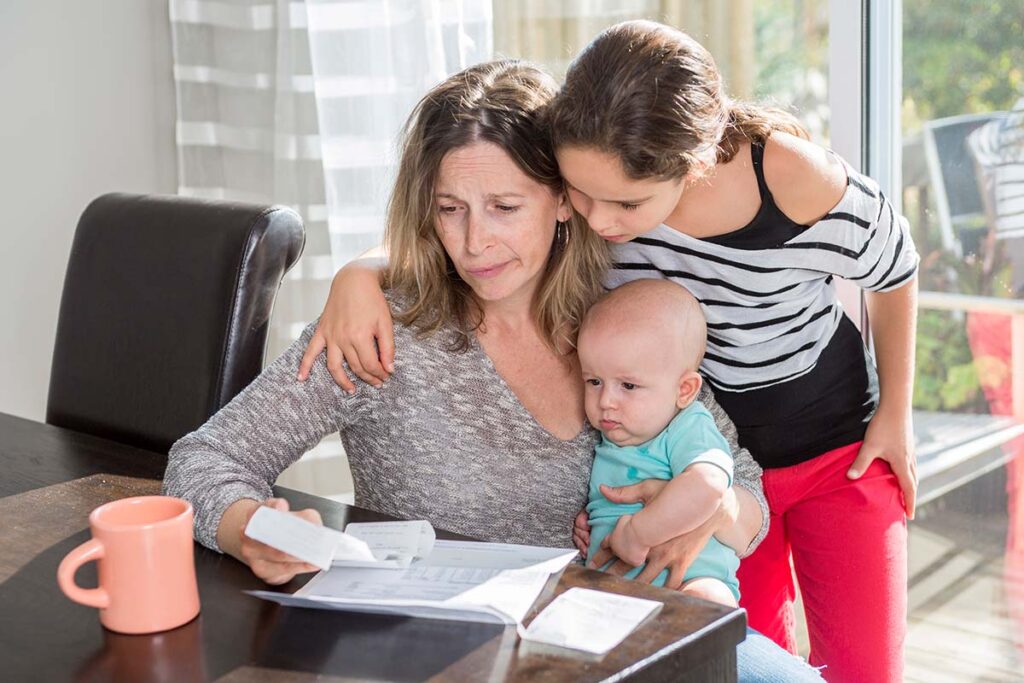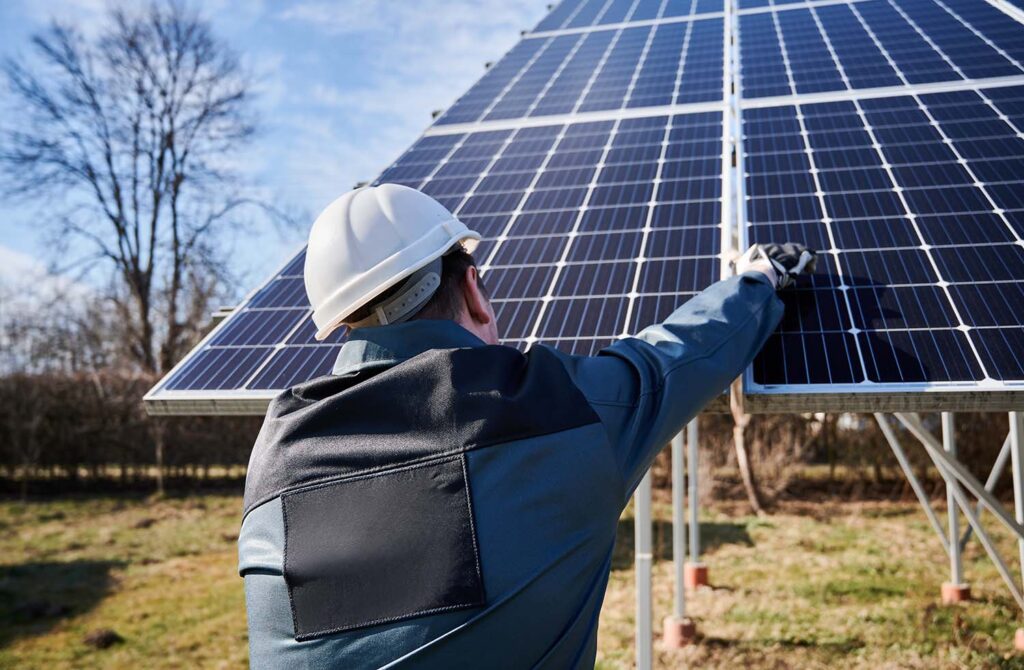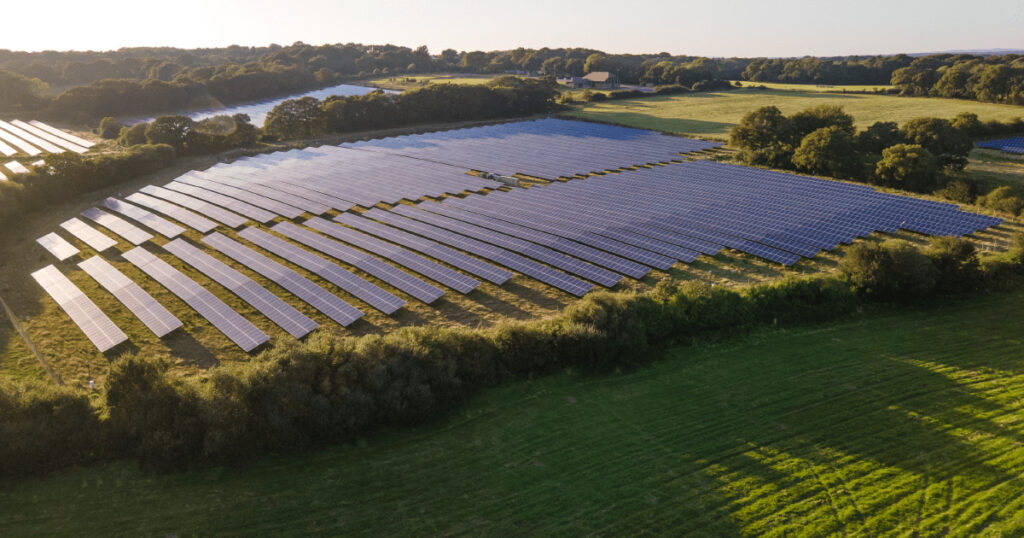Case Studies & Reports
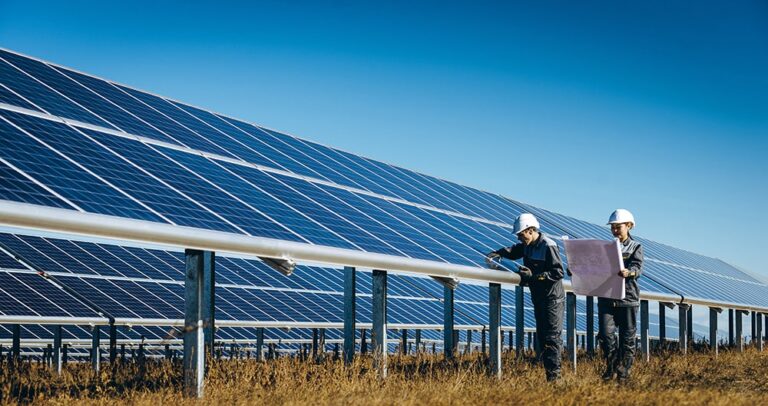
Solar Powers County Improvements Without New Taxes
Virginia’s first large-scale solar farm in Accomack County shows how solar projects can brighten finances and community investment without requiring tax increases.

Kingman County, KS Uses Millions in Wind Farm Revenue to Protect Citizens
Kingman County, Kansas officials made smart decisions over a decade ago when they approved the Flat Ridge 2 wind project, following by two more wind developments over the next eight years. Those projects have provided the county over $10 million in revenue over the last decade, allowing Kingman County and the communities within to invest in their public safety and local infrastructure.

How O’Brien County Embraced Wind Energy Early-On for a Big Pay-Off
The county supervisors credit wind energy for expanding the county’s tax base and for attracting a younger population due to the creation of new jobs and a consistent revenue source for many farmers and landowners. Between 2017 and 2046, MidAmerican Energy is expected to pay around $221 million in tax payments to O’Brien County.

How Benton County Created a Lasting Economic Impact with Wind Energy
Benton County, Indiana achieved great success after wind energy came to the county, reducing the tax burden on its residents while increasing and improving county services. A case study showing how wind energy has made the county a better place to live and work.
Reports
A new Brattle Group analysis examines how energy tax incentives affect U.S. investment, electricity rates, economic growth, and jobs through 2035. The findings show that meeting rising energy demand requires a mix of resources with different development timelines—solar, wind, and storage can be deployed quickly, while gas-fired generation faces longer lead times and supply chain constraints.
Eliminating energy tax credits would mean higher consumer prices, fewer jobs, reduced community investment, and slower economic growth.
Center staff has reviewed ordinances, where available, and third-party literature to present a brief guide for policymakers to help implement balanced BESS ordinances going forward.
As policymakers consider renewable energy projects, the success of these initiatives often hinges on the thoughtful consideration of setbacks, which are essential for integrating these projects within local communities and environments.
A renewable energy moratorium is defined as a complete ban on wind or solar development in a community.
1. The removal should be to a depth specified by ordinance (typically three to four feet) unless the landowner desires otherwise.
Farming has always been a high-risk enterprise but when farmers do well, rural communities do well, and our nation does well. Renewable energy developments can provide farmers with consistent revenue thereby lowering risk.
The Center for Infrastructure and Economic Development provides additional guidance on decommissioning to complement the Center for Rural Affairs’ decommissioning resource guide.
Landowners are stewards of their land, and when they support renewable energy projects, their top priority is to ensure that the land will remain arable in the future. Privately controlled drainage systems were implemented throughout Indiana to help increase crop yields and improve soil quality.
Maintaining the land itself through uses such as renewable energy ensures conservation of the farmland for future generations. Renewable energy projects harvest a crop just like other farming methods.

